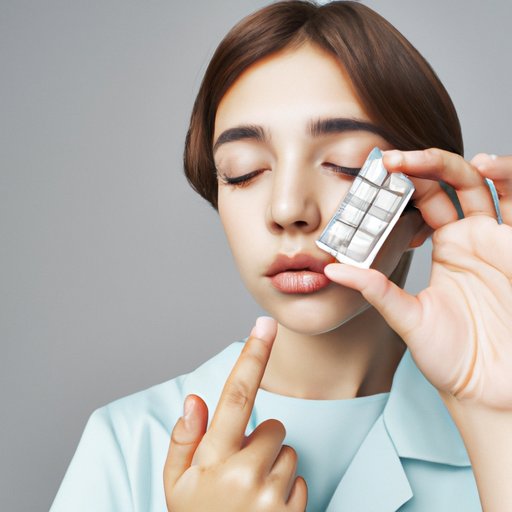
Introduction
Tretinoin, also known as Retin-A, is a powerful topical treatment that has become increasingly popular for both acne and anti-aging purposes. However, obtaining a prescription for this medication can be a challenge for many people. In this article, we aim to provide a comprehensive guide to obtaining tretinoin, covering all possible routes and strategies from prescription to over-the-counter to telemedicine.
The Basics of Tretinoin
Tretinoin is a topical retinoid that works by increasing cell turnover and stimulating collagen production in the skin. It has been clinically proven to effectively treat acne and improve the appearance of fine lines, wrinkles, and sun damage. Despite its benefits, there are some common myths and misconceptions about tretinoin that can be misleading. For instance, many people believe that tretinoin is only for severe acne or that it’s too harsh for delicate skin. However, with proper guidance from a dermatologist, tretinoin can be a safe and effective treatment for a wide range of skin concerns.
Securing a Prescription for Tretinoin
Traditionally, the only way to obtain tretinoin is through a prescription from a dermatologist. This involves scheduling an appointment, discussing your skin concerns, and getting a tailored treatment plan. While this route is generally the safest and most effective approach, there are some common obstacles and concerns to consider. For instance, some people may struggle with finding a good dermatologist or affording the high costs of a consultation and medication. To overcome these obstacles, it may be helpful to search for coupons, compare prices at different pharmacies, or ask your doctor about a generic version.
Over-the-Counter Options for Tretinoin
If getting a prescription for tretinoin is not possible, there are some over-the-counter (OTC) options that may be worth trying. Retinol and adapalene are two types of OTC retinoids that have similar benefits to tretinoin, but with lower strengths and less potential side effects. However, it’s important to choose the right OTC product based on your skin type and severity of acne/age-related concerns, as well as to manage your expectations about the results.
Telemedicine and Tretinoin
Telemedicine is a relatively new concept that allows people to access healthcare services remotely, using digital platforms and video consultations. This can be a helpful alternative for those who live in rural areas or have limited access to specialty clinics. Some telemedicine providers and platforms also offer tretinoin prescriptions, but it’s important to do your research and check for legitimacy and privacy concerns.
Tips and Tricks for Using Tretinoin Effectively and Safely
Regardless of how you obtained tretinoin, it’s important to use it carefully and effectively to avoid side effects and maximize its benefits. Some practical tips for using tretinoin include starting with a low strength, using sunscreen daily, avoiding harsh products like scrubs and acids, and moisturizing regularly. It’s also recommended to consult with a dermatologist or other healthcare professional for any concerns or questions related to tretinoin use.
Conclusion
Overall, tretinoin is an accessible and effective treatment for many skin concerns, but it requires a careful and informed approach to use safely and effectively. Whether you choose to go through traditional dermatology routes or explore OTC and telemedicine options, it’s important to prioritize your skin health and seek help when needed. With the right guidance and resources, anyone can benefit from the power of tretinoin.




